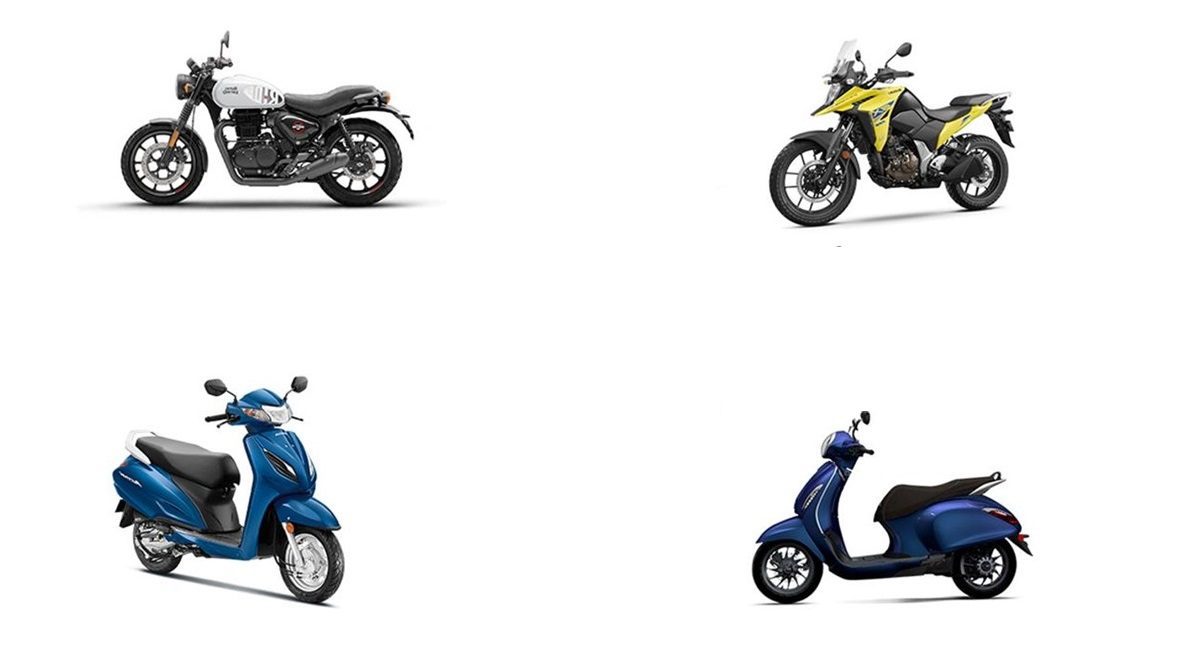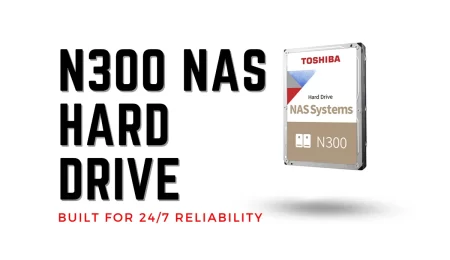Two Wheels, Two Different Rides: The Differences Between Motorcycles & Scooters
Motorcycle vs Scooter: Motorcycles and scooters may appear similar at first glance – two-wheeled vehicles offering a fun and efficient way to navigate the streets. However, beneath the surface lie significant differences that cater to distinct riding styles and needs. Let’s delve into the key factors that set motorcycles and scooters apart, helping you decide which option best suits your preferences.
Engine Power and Performance
- Motorcycles: Typically pack a bigger punch with engines ranging from 150cc to a whopping 2000cc. This translates to greater power, higher top speeds, and better acceleration, making them suitable for highway riding.
- Scooters: Generally have smaller engines, typically between 50cc and 250cc. While some modern scooters can handle highways, their focus lies on fuel efficiency and comfortable cruising at lower speeds, ideal for city commutes.
Transmission Talk: Manual vs. Automatic
- Motorcycles: Emphasize rider control with a manual transmission and clutch system. Gearing changes are controlled by the rider, offering a more connected and engaging riding experience.
- Scooters: Provide a simpler operation with automatic transmissions. Twist-and-go functionality eliminates the need for gear changes, making them perfect for beginners or those seeking a relaxed ride.
Finding Your Riding Position
- Motorcycles: Offer various riding positions depending on the style. Sportbikes have a forward-leaning stance for high speeds, cruisers boast a laid-back posture for comfort, and adventure bikes provide an upright position for off-road exploration.
- Scooters: Generally have a single, upright riding position with a step-through frame or floorboard. This allows for easier mounting and dismounting, particularly when stopping frequently in city traffic.
Packing for the Ride: Storage Space
- Motorcycles: Storage capacity varies depending on the style. Sportbikes have limited storage under the seat, cruisers offer saddlebags, and touring bikes boast ample luggage space.
- Scooters: Often have limited built-in storage, typically a small under-seat compartment. External cargo options like top cases and baskets can be added for increased carrying capacity.
Fuel Efficiency: Saving at the Pump
- Scooters: Champions in fuel efficiency due to their smaller engines. They’re ideal for budget-conscious riders and those making frequent short trips.
- Motorcycles: Fuel efficiency varies depending on engine size and riding style. Larger engine motorcycles consume more fuel, while smaller engine options can be quite economical.
Maneuvering the Streets: City vs. Open Road
- Scooters: Shine in city environments with their smaller size and nimbleness. They weave effortlessly through traffic and navigate tight spaces with ease.
- Motorcycles: Can handle both city and highway riding depending on the style. Sportbikes excel at handling curves, cruisers offer a comfortable ride for city cruising, and adventure bikes conquer rough roads with ease.
Ultimately, the choice between a motorcycle and a scooter boils down to your individual needs and preferences. Consider your riding experience, intended purpose, desired level of power and performance, and storage requirements. With this knowledge, you can confidently choose the two-wheeled companion that best suits your journey.




Leave a Comment